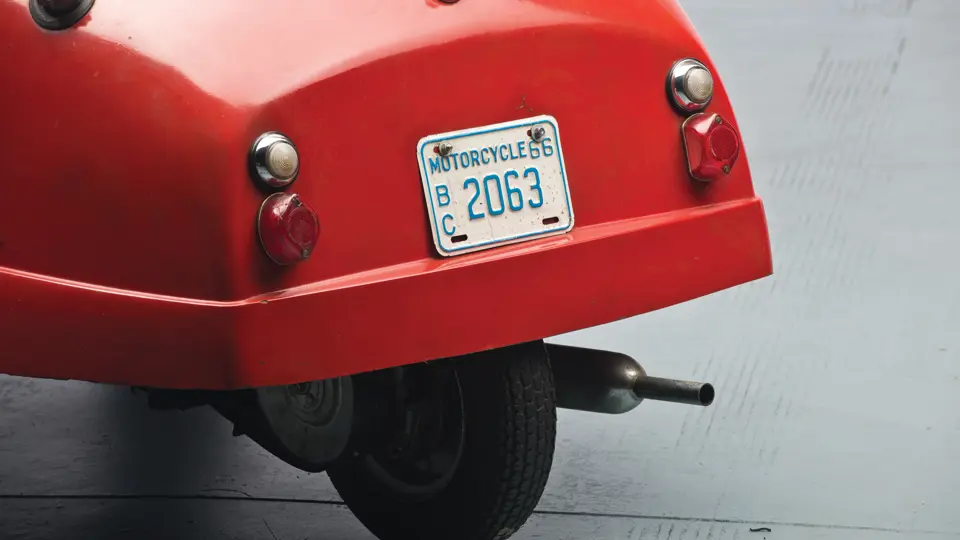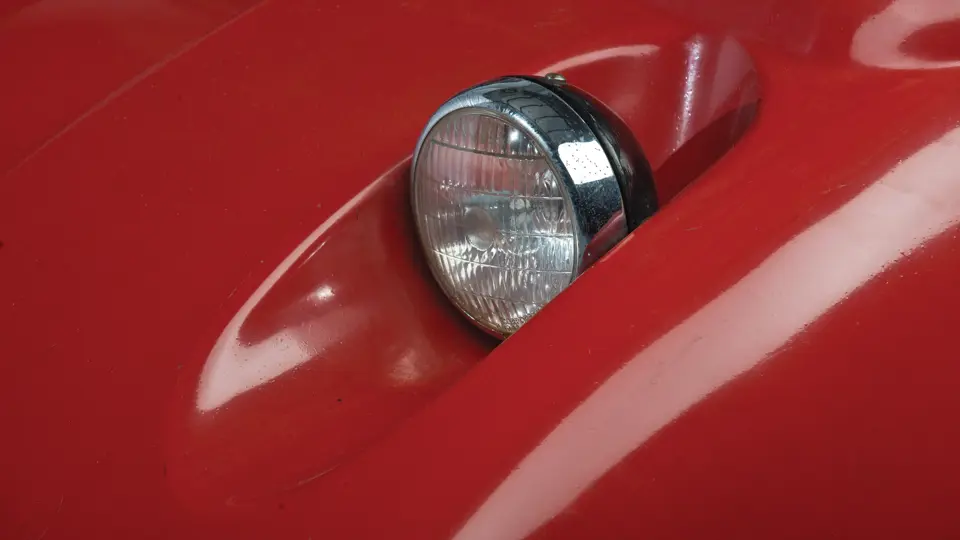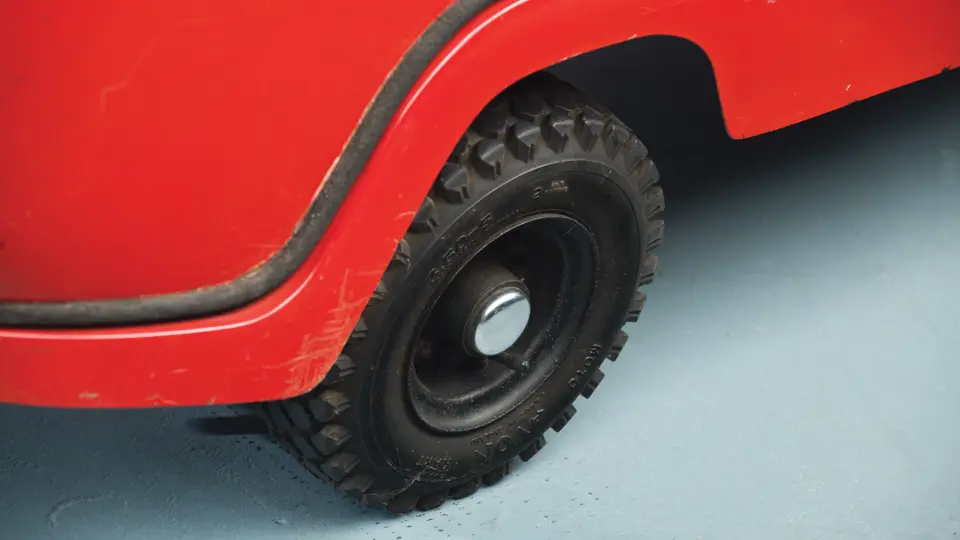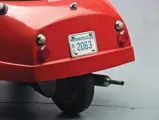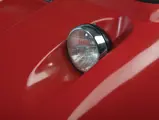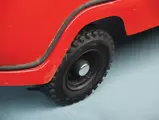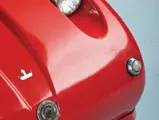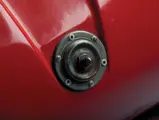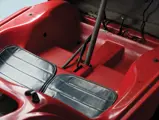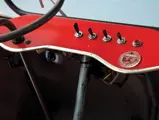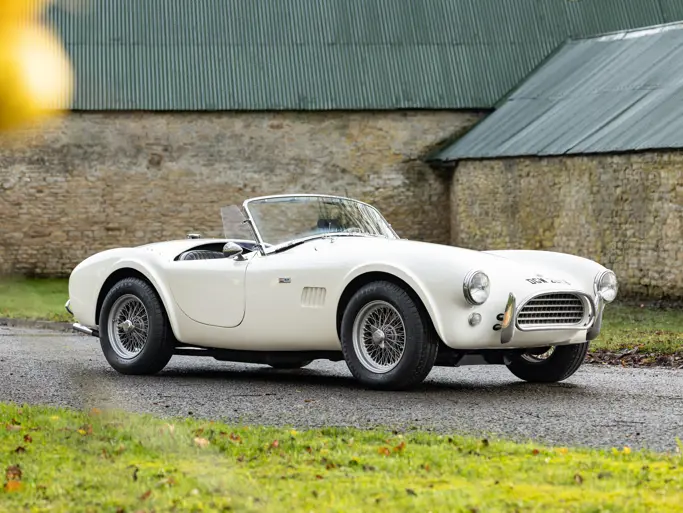One of the last six built on the Isle of Man, formerly owned by the original designer.
SPECIFICATIONS
Manufacturer: Peel Engineering Co.
Orign: Peel, Isle of Man
Production: 82
Motor: Triumph 1-cyl, 2-stroke
Displacement: 98 cc
Power: 6.5 hp
Length: 6 ft.
Identification No. E157
The Isle of Man, located between England and Ireland, was home to the Peel Engineering Company, which produced the only cars ever to originate from there. This small company provided the microcar world with some stimulating ideas, still discussed decades later.
Originally producing motorcycle fairings and boat hulls, it also produced car body kits in the 1950s.
The famous P50 was introduced in 1962 as the world’s smallest passenger car. The tiny four foot two inch long car amounted to a chair on go-kart wheels surrounded by a close-fitting angular fiberglass body. Powered (using the term loosely) by a 49-cubic centimeter Zweirad Union (DKW) moped motor underneath the driver, it generated more noise than power. At an advertised 100 miles per gallon, it was “almost cheaper than walking.” A contemporary road test joked that the top speed was dependent upon the size of the steak that the driver had for dinner.
The year 1964 saw the introduction of a further development of the P50, called the Peel Trident. The Trident is Peel Engineering's two-seater three-wheeled car, and it was the second model to go into production. This was essentially the same chassis and was similarly marketed as a “shopping car” and classed as a “saloon scooter,” but with a slightly larger, futuristic, two-seater body shell, topped by a large, clear, plastic dome, which lifted for entry. It was definitely unique and unforgettable. It has been estimated that between 45 and 82 examples were built, but what is known is that the last six examples were fitted with a 98-cubic centimeter motor and an automatic belt transmission out of the Triumph Tina scooter. Peel also offered a 12-volt electric motor version with a running radius of 65 km in 1966, and later, they went on to build bodies for Minis.
This car is one of these last six units, and it was purchased from the designer, who still lived on the Isle of Man. It was then displayed at a German museum for some years before joining the Bruce Weiner Microcar Museum. With its iconic bubble domed roof and futuristic styling, it has been described as a terrestrial flying saucer. Larger than the P50, it is no less unique, and with its charismatic bubble top, it will be an outstanding addition to any collection of cars, large or small.




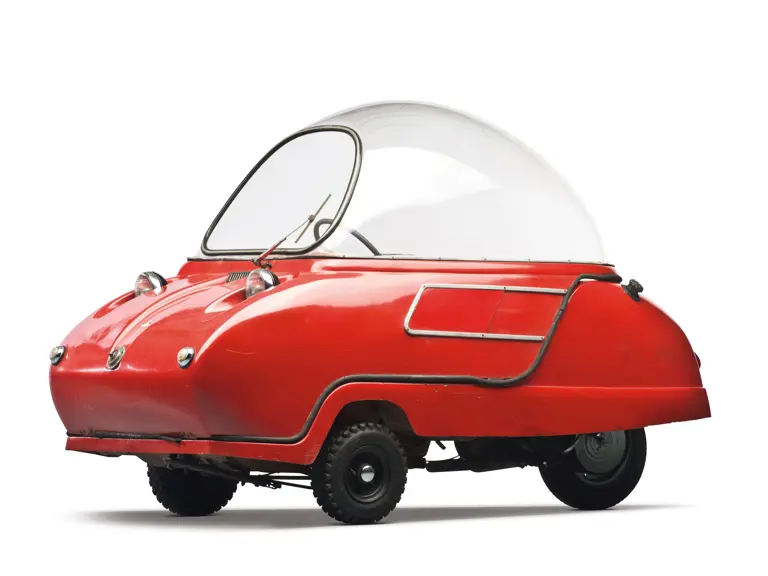
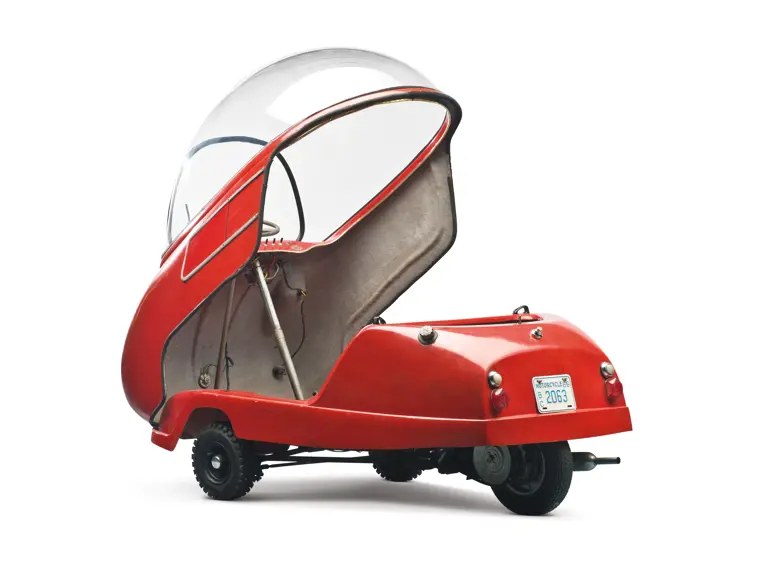

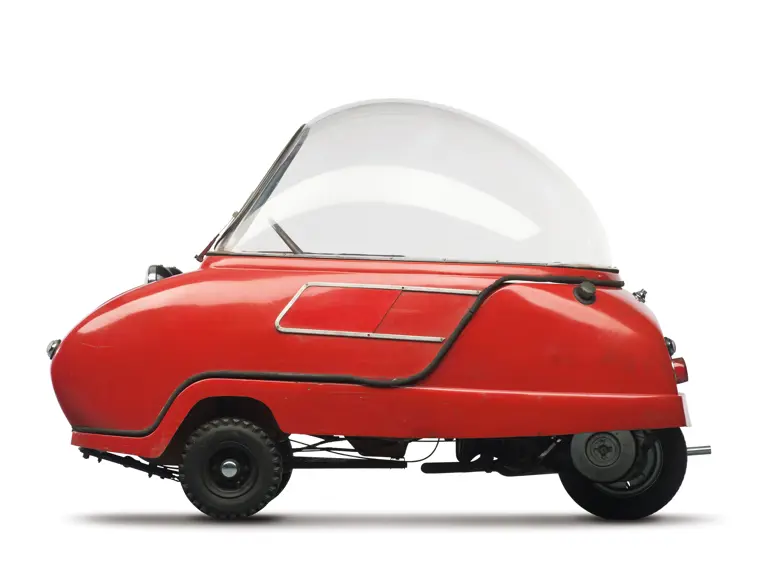
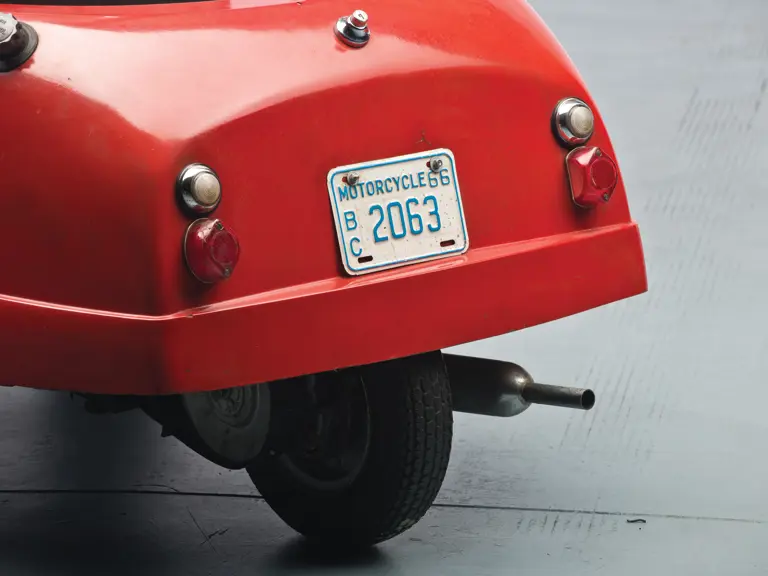
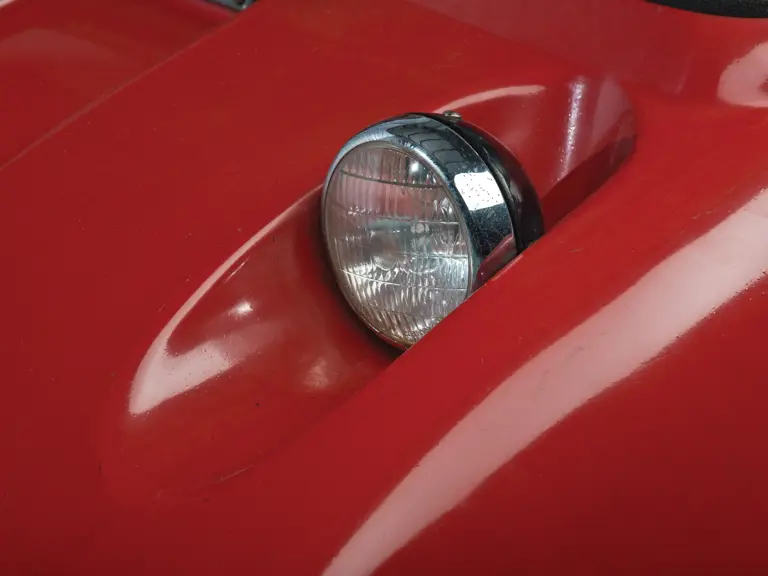
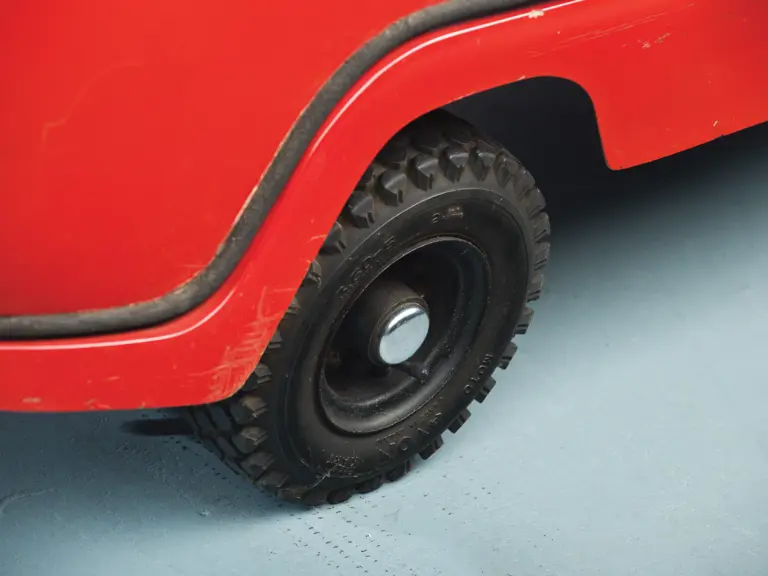

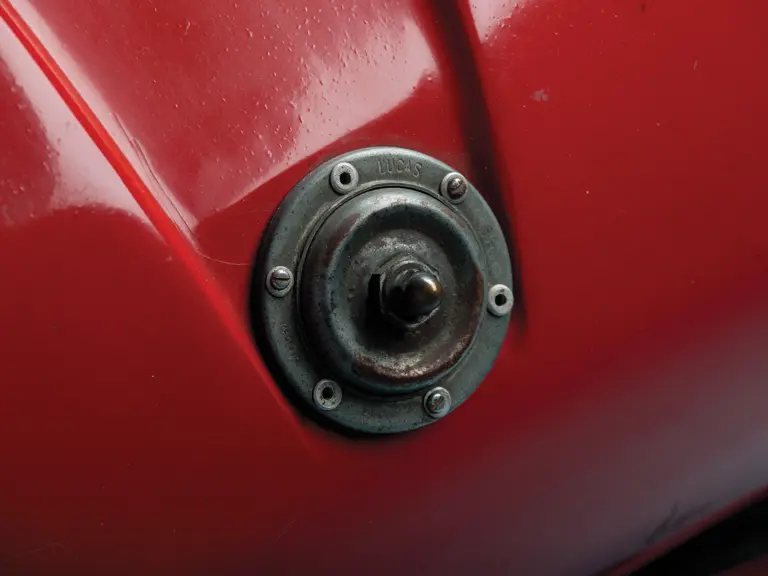
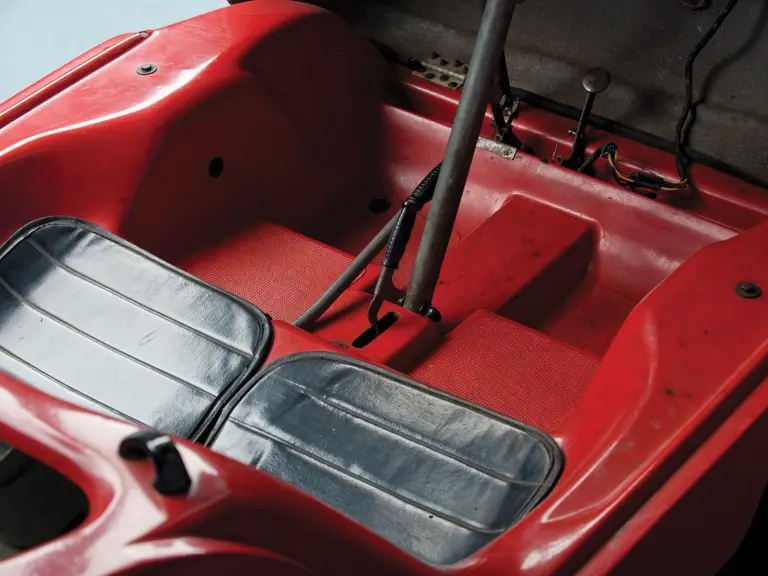
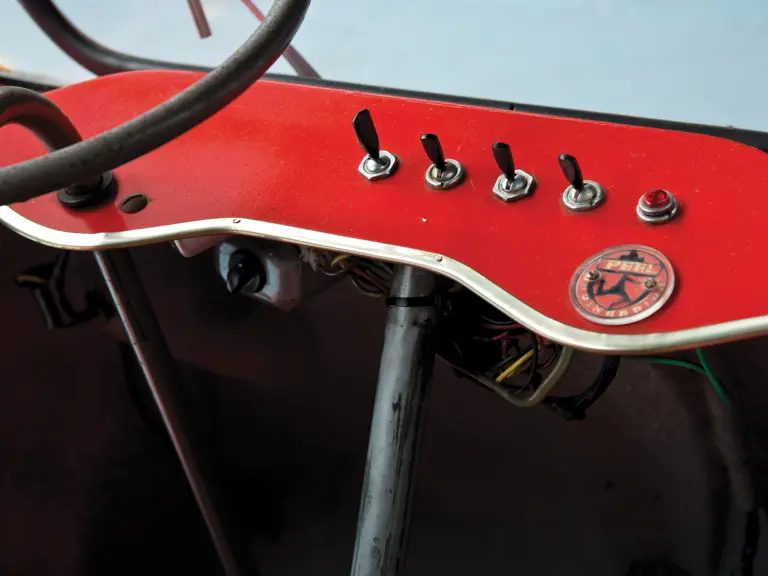
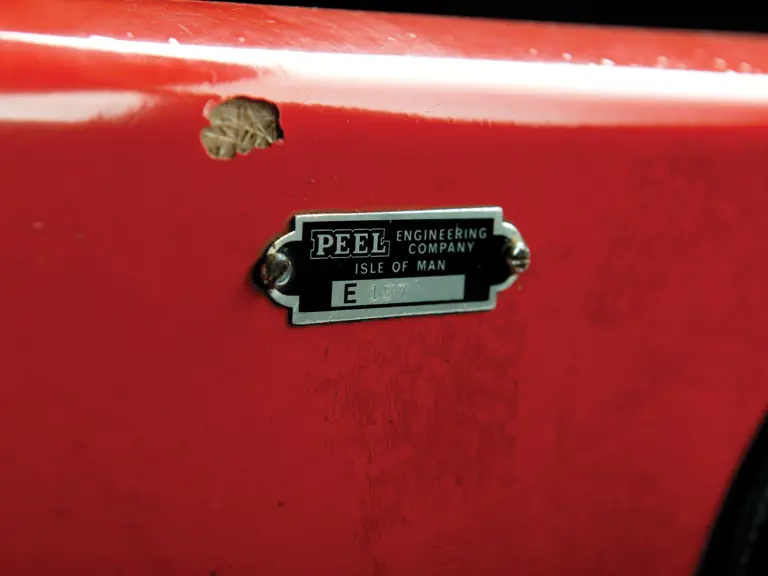
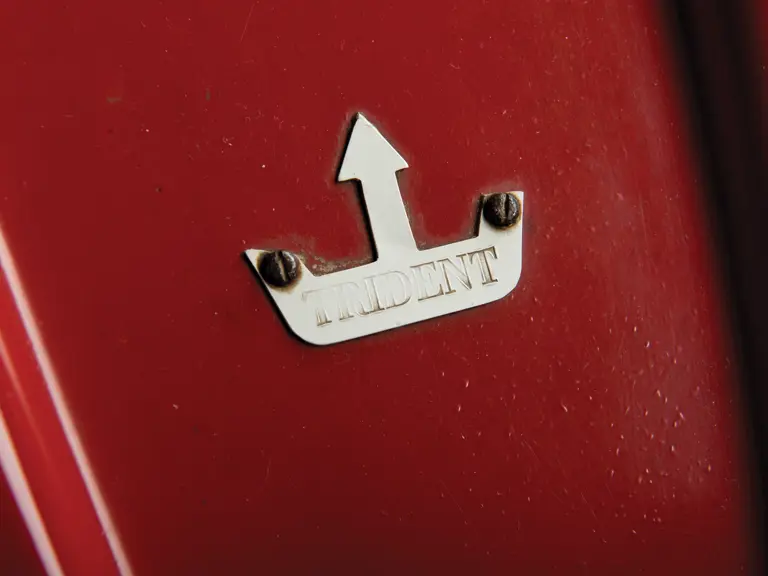
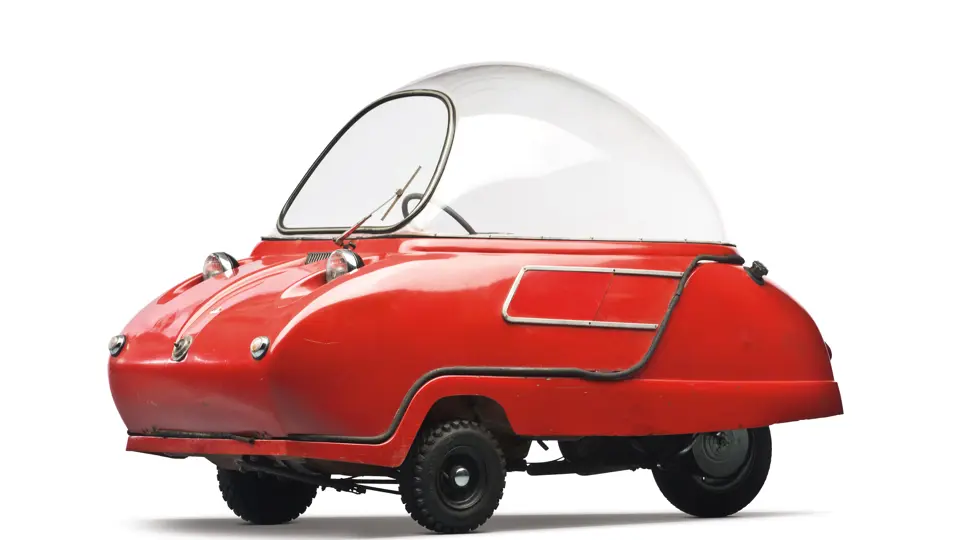
 | Madison, Georgia
| Madison, Georgia
